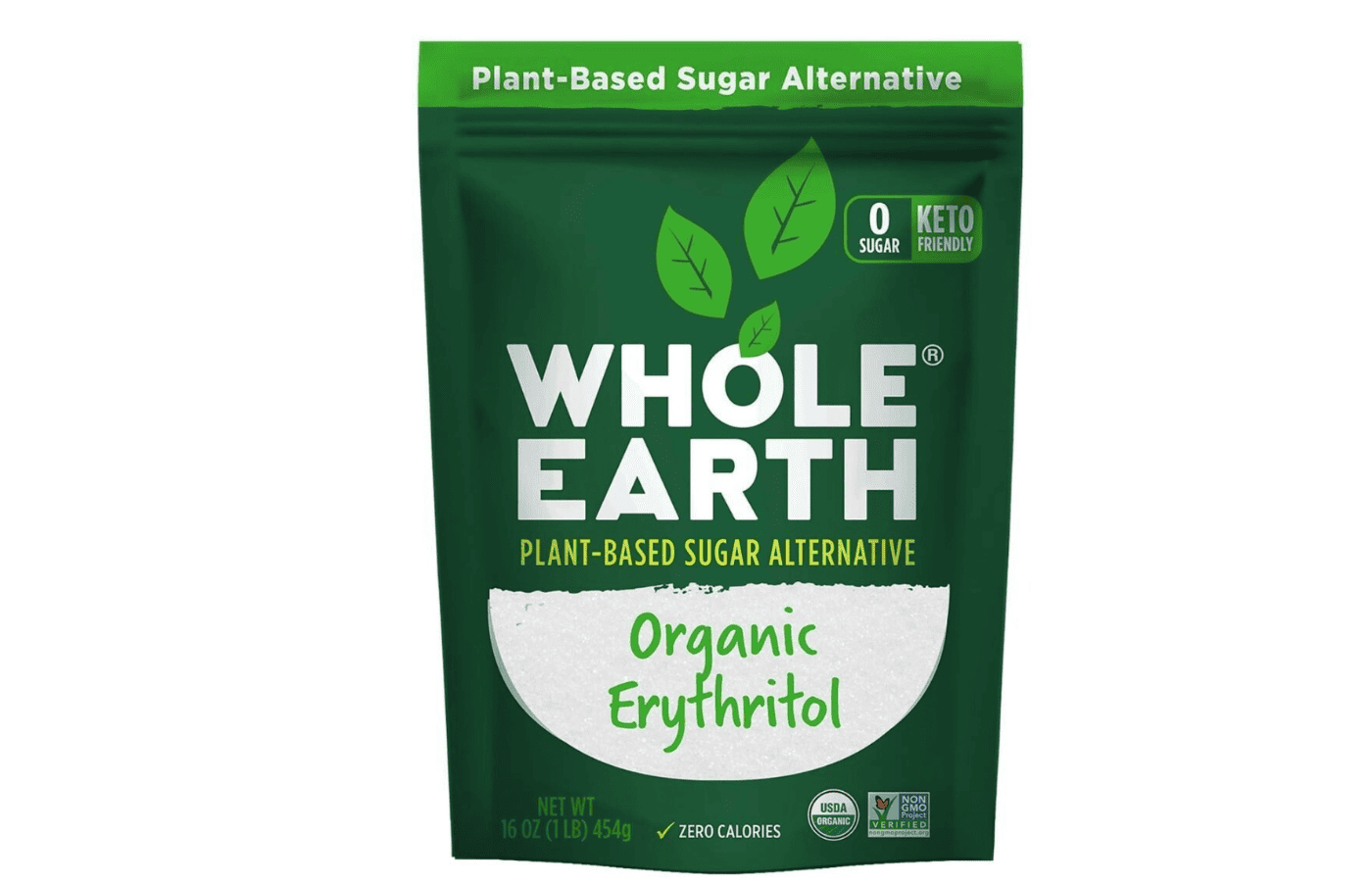These days, many are switching to sugar alternatives for a healthier lifestyle. And one of those substitutes is erythritol – as it’s a zero-calorie artificial sweetener sold in powder or granule form that’s sweeter than sugar. However, as healthier as erythritol is, sugar is still the sweetener primarily used by people. Therefore, there isn’t as much available information regarding erythritol.
One piece of information about erythritol is if it goes bad after opening. Erythritol does not technically go bad. If the erythritol changes in texture – such as caking or clumping – it doesn’t necessarily mean it’s bad. And consuming it won’t make a person ill.
But why does erythritol change in texture after opening? And what can someone do if they accidentally consume an old batch of erythritol? Let’s find out.
How to Store Erythritol Properly

In most cases, erythritol only changes in texture due to moisture – but so do many other ingredients, even sugar. To preserve erythritol, do the following:
• Store erythritol in a cool and dark place.
• Store erythritol in a resealable bag or airtight container to prevent it from attracting moisture.
Most erythritol available in grocery stores have a shelf life of 3 years. This means people can enjoy consuming erythritol while its quality is still at its best for a long time.
When not using erythritol, store it in an airtight container or resealable packaging. This way, moisture won’t affect the texture or consistency of erythritol. When this happens, it’s also fine – just use a fork to break apart the clumps. Eating it afterward is still perfectly safe, as erythritol doesn’t go bad.
But how can a person know if erythritol is still safe to eat?
How to Know if Erythritol Has Gone Bad
While erythritol doesn’t technically go bad, it does clump after a while – or when it isn’t in a sealed packaging or container. But if the erythritol clumps, breaking it up with a fork will help return it back to its normal consistency.
Moreover, clumped or caked erythritol also won’t taste differently – and it won’t affect the food or beverage it will be added to.
Therefore, caked or clumped erythritol is still safe to consume.
However, just to be on the safe side, check the manufacturing and expiration date of the erythritol.
But don’t worry or panic about accidentally adding or eating expired erythritol. Eating expired erythritol won’t necessarily cause severe side effects on the health.
Just like any other food ingredient, it can cause allergic reactions – expired or not.
To check the current price and availability of NOW Erythritol, click here to view the listing on Amazon.
Potential Side Effects of Consuming Erythritol
Erythritol may be an excellent sugar substitute, but not everyone must add it to their diet. For instance, according to Nature Medicine, studies show that consuming erythritol can cause a person to be more at risk of a stroke or heart attack. So, it might be best to avoid erythritol if this can aggravate existing health problems.
However, it’s worth noting that in the study, the risk for such diseases only occurs when erythritol is eaten in large quantities. Erythritol, as a whole, is safe to eat in moderation.
But other potential side effects of consuming too much erythritol are:
• Cramps
• Bloating
• Excessive gas
• Diarrhea
• Nausea
On very rare occasions, some people may have an allergic reaction to erythritol. Usually, people allergic to the sweetener may experience:
• Hives
• Swelling
• Rashes
• Itching
• Difficulty breathing
• Choking
• Coughing
• Wheezing
Again, these allergies from erythritol are extremely unlikely to occur – but not impossible. In addition, the serious side effects a person can experience from consuming it are due to the excessive quantities they ingest.
And when used in moderation, erythritol is a delicious addition to foods and beverages and is a healthier alternative to sugar.
Where to Use Erythritol
Not only is erythritol a low-calorie artificial sweetener, but it’s also 60 to 80 times sweeter than sugar. Therefore, people need not add as much of it as they typically do when using sugar in their recipes. Most people who follow the keto diet, prevent (or ease the symptoms of) diabetes, as well as others going on a weight loss journey typically substitute erythritol with sugar.
In most instances, people use erythritol for:
• Baking desserts.
• Coffee or tea sweetener.
• Making a simple syrup.
• Making sugar-free ice cream and other dairy products.
There are several recipes online where erythritol is used as a substitute for sugar. While erythritol is sweeter than sugar, the commonly sold ones in the market are fine granules. Therefore, when using it as the sweetener in recipes, use this conversion chart as a guide:
| Granulated Sugar | Erythritol |
| 1 tsp. | 1 ⅓ tsp. |
| 1 tbsp. | 1 ⅓ tbsp. |
| ¼ cup | ⅓ cup |
| ⅓ cup | ⅓ cup + 4 tsp. |
| ½ cup | ⅔ cup |
| 1 cup | 1 ⅓ cup |
However, different brands of erythritol may have different levels of sweetness. The best way to find out the most balanced sweetness level is to experiment with different amounts – this means adding more or adding less erythritol, depending on how it tastes.
Final Thoughts
Erythritol is an excellent sugar substitute. It contains no calories and is 60 to 80 times sweeter. That’s why many who aim for a healthier lifestyle – such as those managing their diabetes symptoms or people who wish to lose weight – use erythritol as an alternative instead. Still, however, even though it’s healthier, people must consume erythritol in moderation.
When replacing sugar with erythritol for baking or cooking, there will be slight adjustments needed. However, experimenting with the measurements is better because different erythritol products have different levels of sweetness to them.
Lastly, some studies show that consuming erythritol makes people more at risk for strokes and heart attacks. But there needs to be more studies to definitively conclude such. Furthermore, other researchers only found this phenomenon to happen when people consume too much erythritol. Lastly, some people experience allergic reactions from the sweetener – but these occur rarely.


